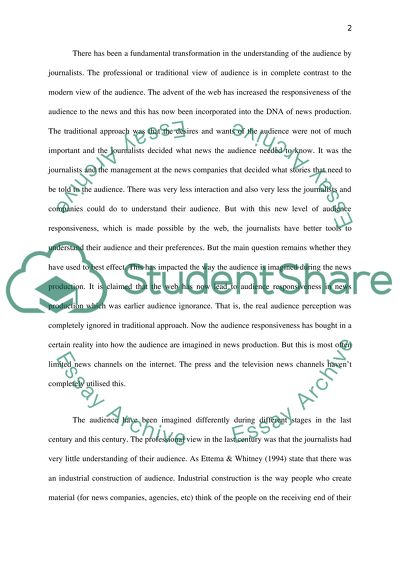Cite this document
(“News Production - Audience Imagined and Its Consequences Essay”, n.d.)
Retrieved from https://studentshare.org/journalism-communication/1394113-how-is-the-audience-imagined-in-news-production
Retrieved from https://studentshare.org/journalism-communication/1394113-how-is-the-audience-imagined-in-news-production
(News Production - Audience Imagined and Its Consequences Essay)
https://studentshare.org/journalism-communication/1394113-how-is-the-audience-imagined-in-news-production.
https://studentshare.org/journalism-communication/1394113-how-is-the-audience-imagined-in-news-production.
“News Production - Audience Imagined and Its Consequences Essay”, n.d. https://studentshare.org/journalism-communication/1394113-how-is-the-audience-imagined-in-news-production.


